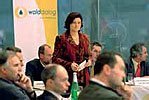Crisis communication doesn’t function automatically or incidentally. Most authorities carry out public relations and so have access to qualified staff. However, their work during a crisis can in no way be compared with their day-to-day press and public relations activities. If in normal situations a PR department has to make a concerted effort to bring information to the public’s attention, this picture changes abruptly in a crisis. The telephone doesn’t stop ringing and media representatives are on site; it’s hectic. Preparations which can be made for such situations are presented below.
In the best case scenario, in the event of a crisis an organisation’s crisis response team - in which press and media staff are represented - gather together. All staff are housed in one room and have access to the necessary technical equipment (computer, telephone, cell phone etc.) The advantage of a common room is that all participants can share information with each other and so have access to the same level of information.
Personnel
Besides the press spokesperson who appears before the camera and microphone, additional back-up staff must be available for coordination and management activities. Ditges et al. (2008) suggest two extra managers and additional operational staff. One of the managers maintains contact with the crisis team – or if one doesn’t exist then to the managing director/authority head – while the second approves and controls the media activities. This person is also called the “Duty Editor”. For long running crises which require a 24 hour operation, expert replacements need to be arranged.
As the crisis response poses other challenges than normal business, the staff intended for deployment need to be educated and trained. Staff gain required expertise though seminars, workshops and regular training exercises. Running through a crisis situation is particularly useful in highlighting any weak spots. If they are recognized then they can be rectified before a serious situation occurs.
Before a crisis, operational and notification plans have to be developed in order to ensure smooth operations. They need to clarify who is needed, when and where. In a crisis, personnel are taken out of their day-to-day work and deployed outside of their regular scope and hours of work. These points should be accounted for in labour and employment regulations so that deployment in extreme situations is possible.
Premises and equipment
As mentioned above, all members of the crisis team should work together in a room to keep information channels short and so that everyone has the same level of information. This room should be equipped with the necessary non-technical and technical equipment (computer, printer, projector, telephone, flip charts, whiteboards etc.) and facilities (tearoom, rest area amongst others). Hence, an appropriately furnished conference room is suitable.
Telephone (landlines) and internet connections are important. This is because, despite all technical developments, the telephone is still the most important means of communication and management. Telephone numbers should not be published and should differ from the authority’s/business’s standard telephone number in order to avoid unsolicited calls. In a crisis situation many ways are used to attain information. Trying known telephone numbers is one option. As mobile phone networks often crash in a crisis, one shouldn’t solely reply on this technology.
On site equipment
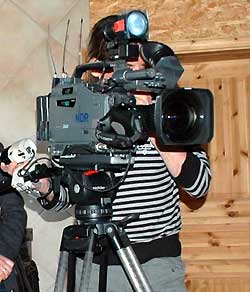
Fig. 2: Pictures say more than words. Photo: FVA/Kaulfuß
In the forestry sector, media activities also occur on site during a crisis – that means in the forest. In other branches it has paid off to have a crisis suitcase for mobile operations. It’s like a small transportable office: along with office materials, it should contain a notebook, cell phone, digital camera, flashlight, forms and – if one exists – a summarised version of one’s own crisis handbook.
In order for the media liaison person to be well recognized “outdoors”, a safety vest with their position title (e.g. press spokesperson) has proven to be useful. When operating in the field personal protective equipment (weather proof clothing, gumboots if necessary etc.) and adequate provisions have to be considered.
Telephone Hotline/service telephone
At first, using a telephone hotline and service telephone seems rather questionable for “classic“ forestry crises. However, this instrument should not be ignored for communicating with affected and interested parties and customers. In many situations people want first hand information and prefer personal contact.
If one anticipates an onslaught of calls it is sensible to staff a hotline. In a crisis these workers are not only an information source for citizens and affected persons, but also for resourceful journalists. Using consistent wording and schooling in advance ensures that the deployed staff are well prepared for these duties and do not “blab” the wrong information.
E-Mail-/fax/telephone distribution lists
Nowadays, most information is sent by email and by fax if necessary to various groups (e.g. the press). So that information ends up at the right place, one has to keep distribution lists up to date. The same applies to telephone lists, whether it’s a notification list or the phone numbers of experts who are required in certain situations. Valuable time is lost if one has to first search for their correct telephone number.
Internet presentations and dark sites
The internet site of an authority or enterprise is its advertisement. Particularly in a crisis affected parties, the public as well as customers want up-to-date information. One can work with so called “dark sites” to quickly publish such information. Theses are pre-prepared internet sites with important information (e.g. service numbers) which can immediately be put online in an emergency. Currency comes before beauty here. This means that these pages are simply constructed and can be easily understood by unpractised internet users.
So that the information can be made available quickly and simply, the pages with the pre-prepared text should be on the server or be able to be quickly filled in with text modules. There is an example of an internet site for the German state of Baden-Württemberg at infodienst-bw.de which offers quick information in a catastrophe. If there are no “dark sites” then the information on one’s own internet site should be promptly updated.
Templates and information
Pre-prepared press statements or templates are useful in times when information must be rapidly distributed. Pre-formulated texts remove the time-consuming search for the right words. In a gap-fill text, one enters the relevant facts and adjusts it accordingly. Pre-prepared wordings for statements to the press for example help with a clear and consistent message.
In the event of a crisis media representatives want up-to-date background information about your institution (forest area, number of employees, organisation etc.). Produce a press kit for this purpose. Journalists can use it to get first hand information and minimize false reporting. Such press kits can be prepared in advance and can be distributed quickly in a serious situation.
Literature
- Bundesministerium des Inneren (2008): Krisenkommunikation – Leitfaden für Behörden und Unternehmen. 1. Aufl.
- Ditges, F.; Höbel, P.; Hofmann, T. (2008): Krisenkommunikation. PR-Praxis. Band 9.
- Innenministerium Baden-Württemberg (2003): Handbuch Krisenkommunikation. Unveröffentlicht.
- Nolting, T.; Thießen, A. (2008): Krisenmanagement in der Mediengesellschaft – Potentiale und Perspektiven der Krisenkommunikation.
Forest Crises Management Advisory Guide
Back to the main page of the Forestry Crisis Management Advisor Guide: Overview of the different topic collections
Back to the article overview in the: Crisis Management Topic Collection

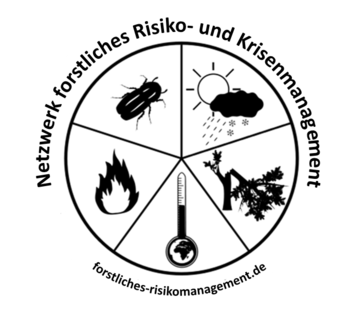
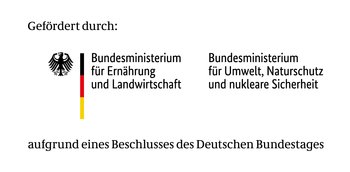
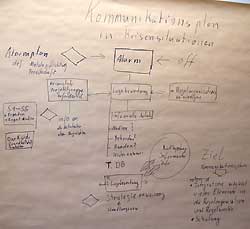
![[Translate to English:] [Translate to English:]](/assets/_processed_/5/a/csm_fva_krisenkommunikation_kk2_abb3_bdfae440db.jpeg)
![[Translate to English:] [Translate to English:]](/assets/lernen/oeffentlichkeit/fva_krisenkommunikation_kk1/fva_krisenkommunikation_kk1_sturmwurf.jpeg)
![[Translate to English:] [Translate to English:]](/assets/lernen/oeffentlichkeit/fva_sturmhandbuch_oeffentlichkeitsarbeit/fva_sturmhandbuch_oeffentlichkeitsarbeit_1.jpeg)
![[Translate to English:] [Translate to English:]](/assets/_processed_/f/a/csm_fva_waldbrand_wb4_3_waldbegang_c0d6a98eea.jpeg)
